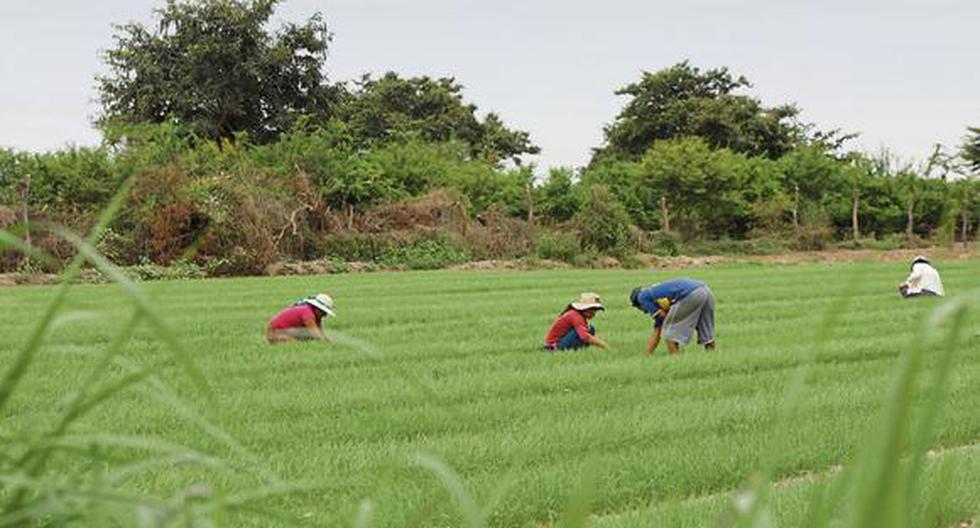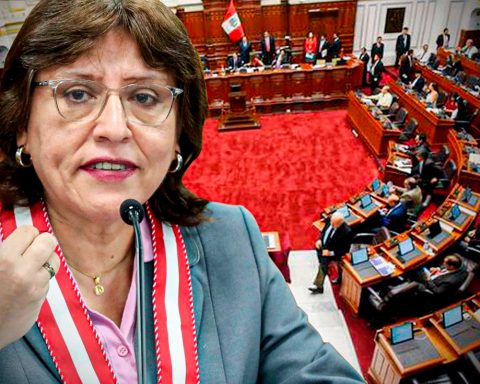In April, the inflation at 12 months it reached 8.6%, according to INEI data, estimating that prices could increase even more, which would add to a shortage of Farm productsmainly due to the lack of fertilizers.
In Peru there is a deficit of 180,000 tons of urea. As reported by Macroconsult, imports of this product fell to 19,000 tons (mt) between January and April 2022, “compared to the almost 200,000 mt that entered in the same period during previous years.”
What are the consequences? The representative of the Majes Valley, Jorge Reyes, explained that agricultural production could fall between 30% and 40%.
“In Peru there are no fertilizers, and there is a terrible agricultural policy. They have not worried that fertilizers are produced and imported. What is going to happen now is that we are going to go to Santa Anita and we are not going to find potatoes or tomatoes,” he stated.
Meanwhile, César Morocho, president of the Mango Association of Piura (APEM), agreed that production would decline and “the rise in prices will impact people with fewer resources.”
“Agriculture in the north is not immune to what is happening in the country. I am concerned that this will generate a shortage of products and harm those who have fewer resources, ”he stressed.
He indicated that, in part of his region, the foods that are most produced and affected are mangoes, grapes and lemons.
LOOK: Agricultural production at risk: they warn that the food crisis could worsen
ANOTHER SUPPLIERS
The shortage of urea is mainly due to two factors: the pandemic and the war between Russia and Ukraine, and the fact is that the first country mentioned is the main seller of this product.
Given this situation, both Morocho and Reyes agreed that a new supplier should be sought in the short term, since the plant planned to be built in Peru would still be ready in two years.
“You have to look for other providers. There we have the United States. Urea is an input to produce food, so the problem must be addressed soon, ”he indicated.
Given the possibility of buying the fertilizer from Bolivia and Venezuela, Reyes indicated that, in the case of the first, “it is small” and the second “its industry is not 100% operational.”
For his part, Clímaco Cárdenas, president of Conveagro, considered that with the entry of Oscar Zea in charge of the Agrarian Development portfolio, the work to reduce the fertilizer deficit was paralyzed.
“Until now the fertilizer has not arrived from Bolivia. There is no approved budget to support producers. The people of Minagri do not know how the field operates”, highlighted the agrarian representative.
DATA
- According to Macroconsult, with data from the World Bank, urea prices went from US$245 a ton in December 2020 to US$908 in March 2022.
- He reported that the progress of the 2021-2022 agricultural campaign to February shows a reduction of 0.2% of cultivated land compared to the last campaign, this fall being greater in onion and tomato, which fell 18.5% and 16.5%, respectively.


















